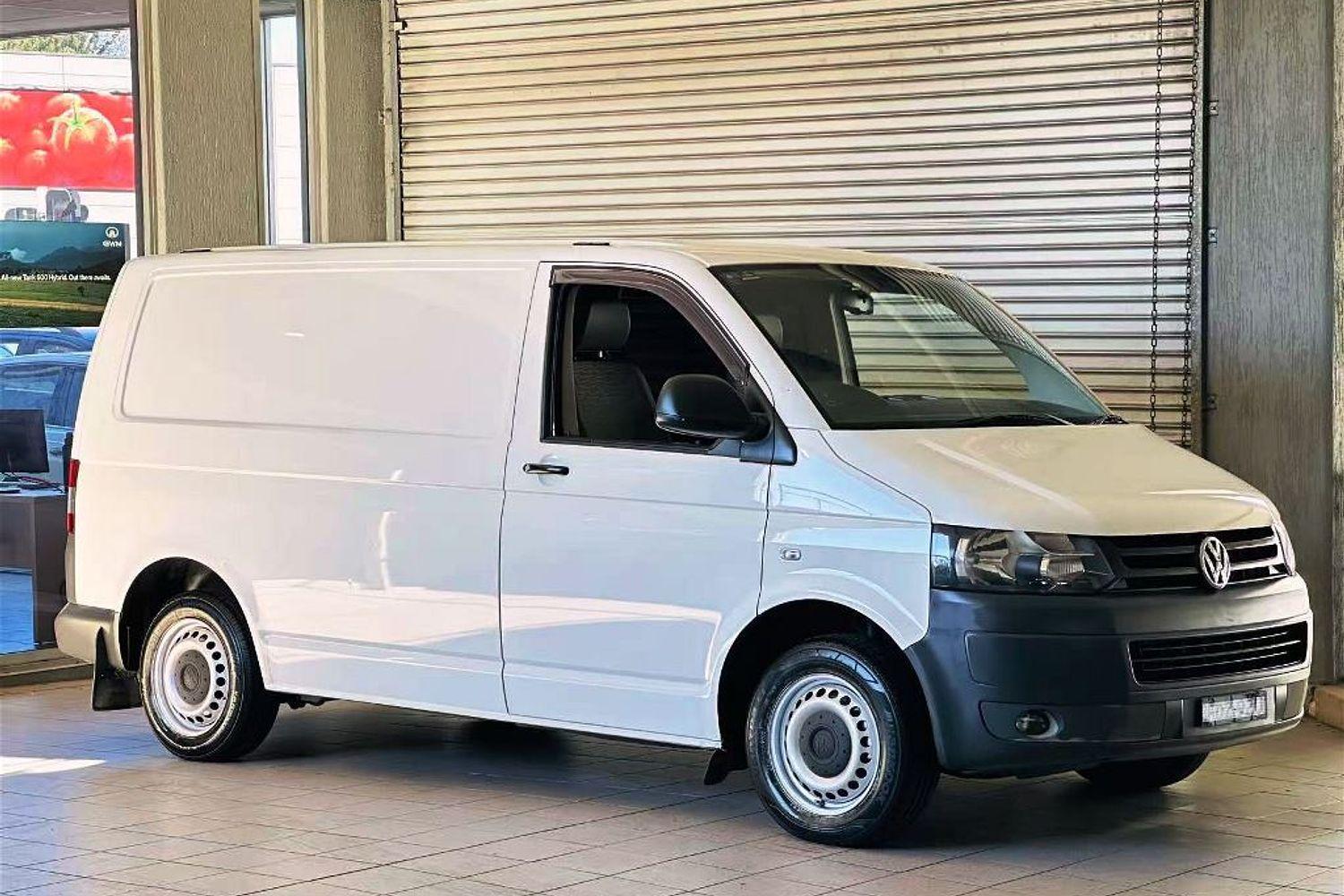New Ford Ranger scores 5 stars for safety
The all-new Ford Ranger has made motoring history by becoming the first ever pickup to achieve a maximum 5 Star rating under the Euro NCAP crash test protocol.
Ranger scored 89 per cent for overall safety - the best score ever earned by a pickup and one of the highest scores recorded by Euro NCAP for any type of vehicle. Moreover, the new Ranger achieved the highest rating of any vehicle ever tested by Euro NCAP for pedestrian protection (81 per cent).
"Vehicle safety is a core value at Ford Motor Company and these independent test results confirm that not only is Ranger the highest rated vehicle in its class, it is also one of the highest rated vehicles ever assessed by Euro NCAP," said Stephen Odell, chairman and CEO, Ford of Europe. "No one wants to be involved in an accident but if the worst were to happen, the new Ranger is proven to provide outstanding protection to occupants of all ages as well as pedestrians."
Established in 1997 and backed by several governments, motoring, consumer and insurance organizations, Euro NCAP is the largest and most respected independent authority on crash testing in Europe.
Its assessors described Ranger's test results as "remarkable," with "impressive" scores in all areas.
Michiel van Ratingen, Euro NCAP secretary general, said: "With such good pedestrian protection, the Ford Ranger is undoubtedly raising the bar of safety in the category of pickup trucks, which had until now not proven to be the safest."
Advanced safety protection
Ranger's advanced safety protection begins with a reinforced passenger cell that utilises high-strength steel throughout. Utilising multiple load paths in the front, side, and rear of the vehicle, crash forces are directed away from occupants, providing high levels of protection in the event of a collision. This structure, along with the all-new ladder frame, was optimised to manage the crash energy in a variety of impacts and provide protection for all passengers.
Using sophisticated computer modelling, engineers assessed more than 9,000 virtual crash tests before any of the 110 actual vehicle crash tests or 410 system sled tests were undertaken.
These virtual simulations allowed the engineers to optimise the vehicle structure and safety systems to provide the maximum levels of protection possible in a wide-range of real-world collisions. All this was achieved before any real prototype vehicle was built and subjected to crash testing.
"On the all new Ranger we did more crash simulations than any of our prior programs to ensure all parts of the vehicle's safety performance were optimised," said Adam Frost, chief engineer, Digital Innovation, Ford Asia Pacific and Africa. "This was backed up by a comprehensive physical crash test program. The end result is a world class outcome we are all very proud of."
Side curtain airbags, standard on all Ranger cab styles in Europe for the first time, deploy from the headliner to provide a protective cushion for the head of occupants in case of a side impact. The curtain is designed to protect both rows of occupants in Double Cab and Super Cab models by covering the upper side structure and glass from the A-pillar to the rear of the passenger compartment.
New side airbags also deploy from the side bolster of the front seats to protect the thorax from side-impact forces, working in tandem with the front airbags for the driver and front passenger. A driver's knee airbag is also standard across all models (for the European market).
Other safety technologies include three-point safety belts for all seating positions, with pre-tensioners and load limiter for the front seats, as well as Ford BeltMinder technology which helps remind front-seat occupants to wear their belts.
Enhanced pedestrian safety
On top of the occupant safety technologies, the all-new Ranger has been engineered with the latest pedestrian protection features.
Technologies that emerged from a global Ford research project on pedestrian-friendly vehicle designs have now been applied to a pick-up for the first time. This includes a "hexageneous" under-bonnet structure to reduce the potential for pedestrian head injuries, and a pedestrian-friendly front bumper design incorporating energy-absorbing materials.
Innovative active safety and driver assistance technologies
The all-new Ranger also uses innovative active safety and driver assistance technologies to help drivers avoid accidents. A key standard feature is the Electronic Stability Programme (ESP) that uses advanced sensors to constantly monitor the vehicle's behaviour and assist stability and control.
The Trailer Sway Control system monitors the behaviour of the tow vehicle and trailer array to sense the advent of trailer sway and apply braking countermeasures to reduce its effects. Adaptive Load Control provides additional stability assurance for drivers dealing with heavy payloads.
When driving downhill, Hill Descent Control ensures that the brakes will be applied to control the vehicle at a set speed. Or when stopping on a steep grade, Hill Launch Assist helps the driver to pull away confidently without creeping backwards, even when fully laden.
The Ranger's ESP system includes off-road logic which recognises when the pick-up is driven on rough roads and modifies the system to ensure the best balance between stability and timeliness of interventions.








